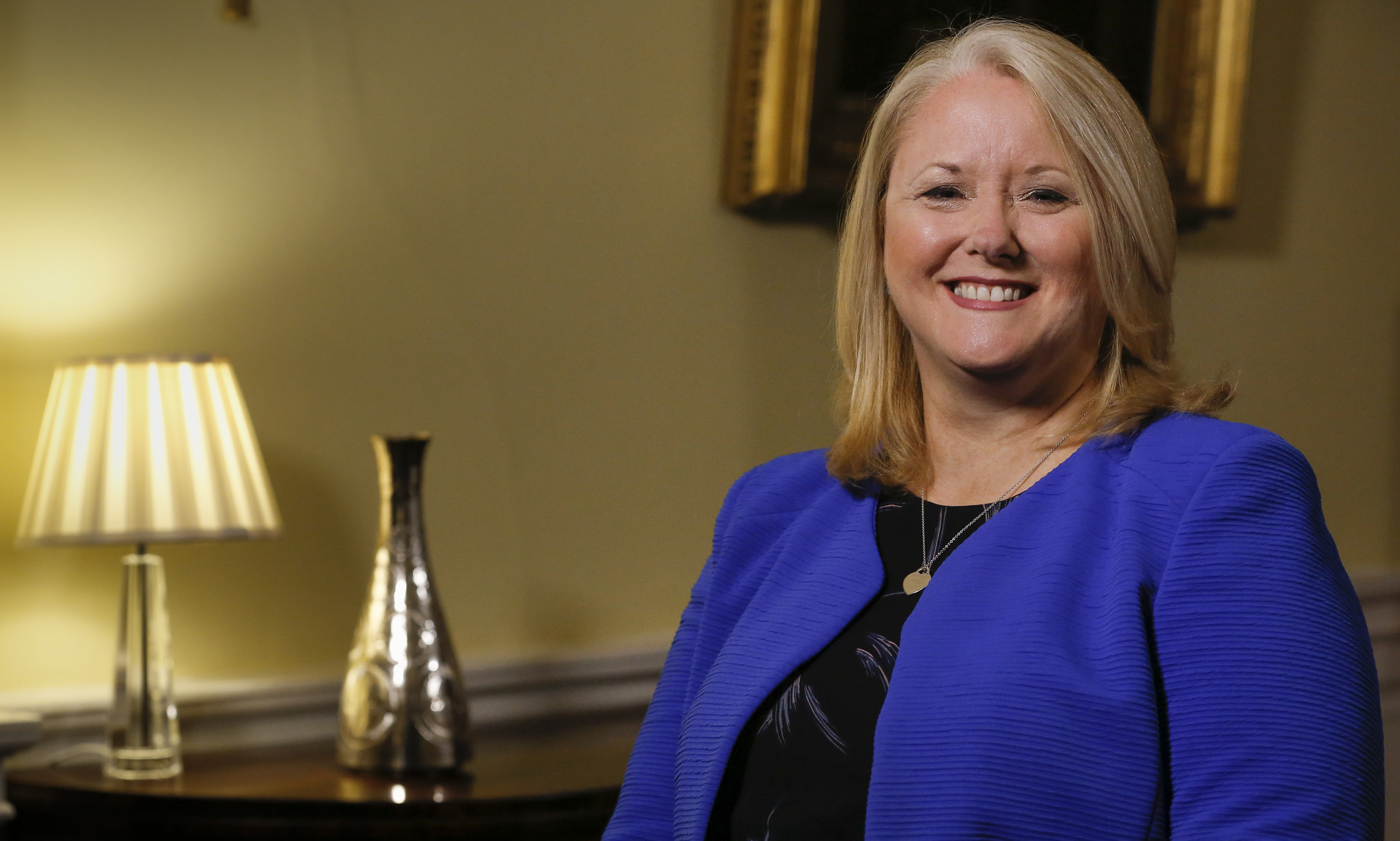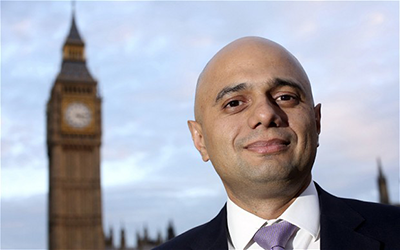The treasury committee has written to the chancellor requesting more information about the proposed changes to adult social care, following an evidence session with Sir Andrew Dilnot.
In a letter to Rishi Sunak, the chair of the treasury committee Mel Stride MP, wanted more information about regional and distributional analysis of changes to adult social care charging.
He has asked how many people would be at risk of selling their home under the proposed changes and requested an assessment of the policy’s impact split by household and individual income. The government has also been asked to provide details on the anticipated costs of – and spending on – the reform.
The letter followed an evidence session held on Thursday (18 November) with Dilnot, former chair of the commission on the funding of care and support, and Sally Warren, director of policy at The King’s Fund.
In its response to the treasury committee on Monday (22 November), the government acknowledged it is unable to provide regional or individual assessments, as the funding at a local authority level had not yet been agreed. It said a full impact assessment would be published in the new year.
Stride said: ‘It is disappointing that the government’s response to my request for an impact assessment on these changes was received so late in the day. The letter, which was sent half an hour before parliament was set to vote on the changes last night, does not provide the full assessment requested.
‘I have real concerns about the way these changes have been introduced and the treasury committee will continue to keep up the pressure on the government to publish a full impact assessment as soon as possible.’
On Monday, MPs voted in favour of the government plans, which will now go to the House of Lords.
Evidence session
Dilnot had expressed disappointment and regret to MPs following government proposals on how the cap on care costs would work.
Following on from its Build Back Better. Our plan for health and social care document that was published in September, the government provided further details of how the cap, to be set at £86,000 from October 2023, would work in a policy paper.
The paper said: ‘The person’s personal budget or IPB [independent personal budget] will be used to calculate the amount that will count towards the cap. For individuals who receive financial support for their care costs from their local authority, it is the amount that the individual contributes towards these costs that will count towards the cap, subject to Parliamentary approval.’
Dilnot, who recommended how the cap should work in his report in 2011, told the committee: ‘The change that the government proposes, at which I am very disappointed, is that rather doing it as we suggested, the metering tool towards the cap would be of accumulated need minus any means tested support that the government delivers.’
He told MPs this would mean a less well-off person would hit the cap ‘significantly later’ and spend the same amount of money as his or her ‘better-off peer’. Dilnot added: ‘Essentially, what this change does is for those who have long care journeys for significant care needs, [it] means that the less well-off will not gain any benefit from the cap.’
Dilnot said proposals would hit people harder in regions of the country with lower house prices and that while the overall proposals take ‘us to a better place than where we are’ he had ‘regrets’.
As part of the plans, the point at which people become eligible to receive financial help from their local authority will rise to £100,000 from £23,250. People with between £20,000 and £100,000 will receive means test support.
Under the current system people can lose all but £14,250 of their assets. The Health Foundation said for someone with £100,000 this represented 86% of their wealth. It said under the government’s proposals the maximum loss would be £80,000 – 80% of their assets. Under the Care Act, it could have been reduced to 43%.
Charles Tallack, assistant director of the REAL Centre at The Health Foundation, said: ‘While we support the government’s ambitions to reform social care and protect people from catastrophic care costs, these last-minute changes seem poorly conceived and are a step in the wrong direction.
‘The government’s proposed amendments to the Care Act mean that these reforms will no longer protect those with lower assets from catastrophic costs. The change would mean that those with wealth of less than £106,000 would be exposed to maximum care costs of almost twice the amount as under the Care Act.
‘The Dilnot Commission considered this approach in 2011 and rejected it as unfair. The changes seem motivated by a desire to save money – but to do so by taking protection away from poorer homeowners.
‘The reforms were driven by a promise to protect people from catastrophic costs. It appears that for the poorest people this now won’t be the case.’








 ©2024 All rights reserved LaingBuisson
©2024 All rights reserved LaingBuisson 


